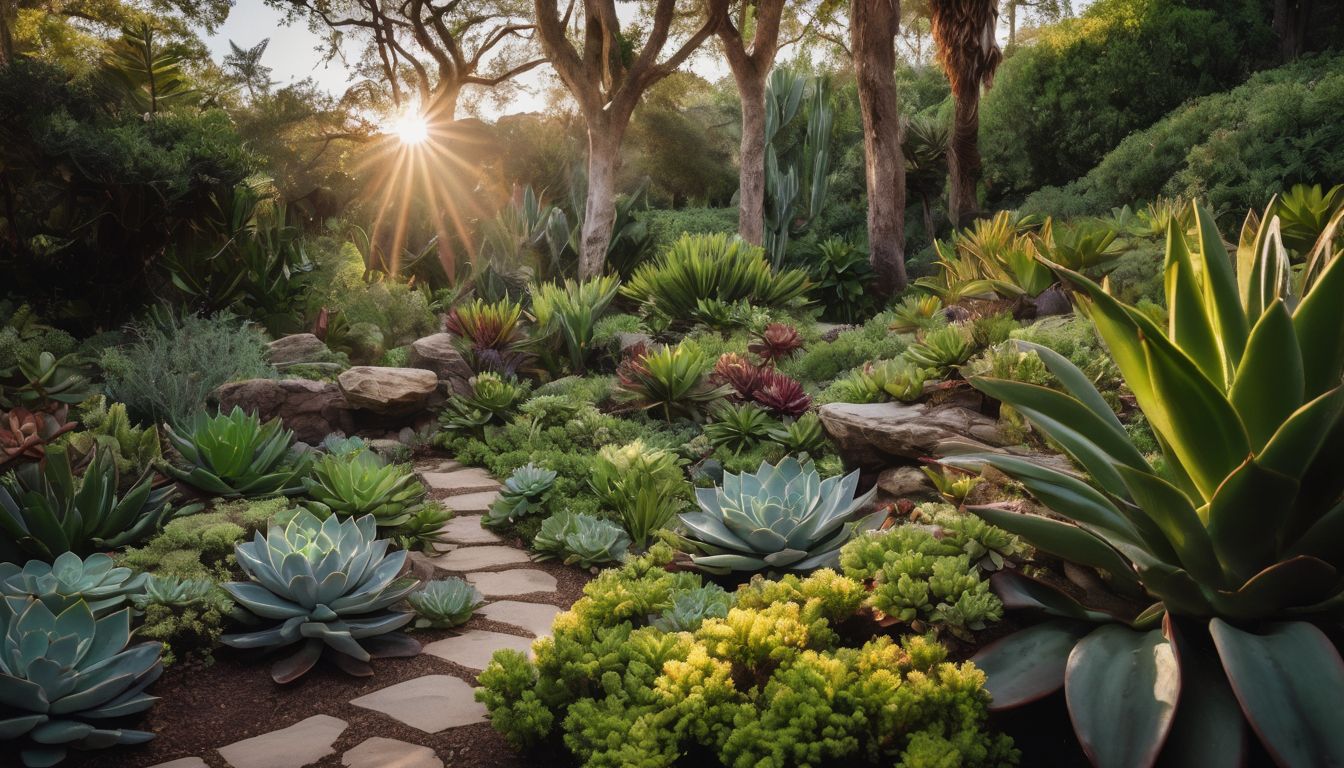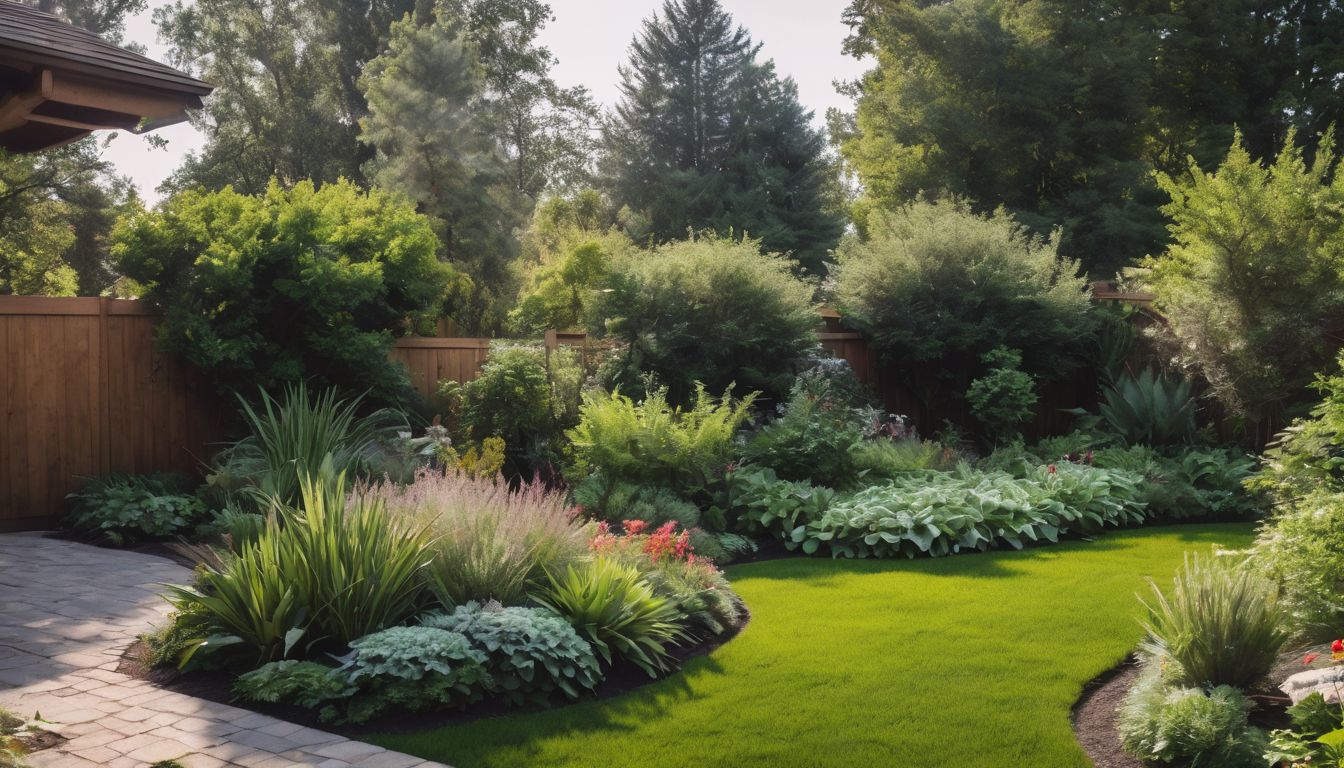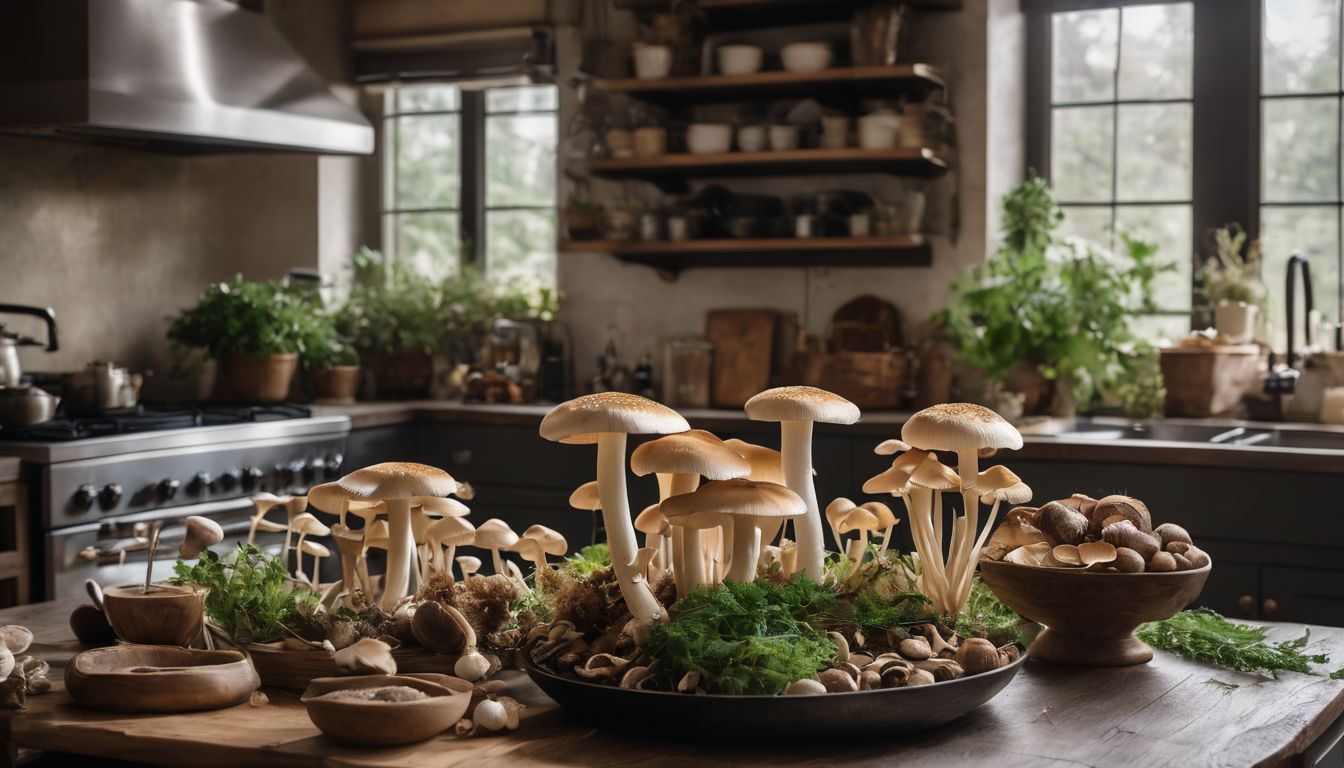When we were children, treehouses enthralled us. Whether real or imagined, they were magical places that were hidden from chores, adults, and schoolwork. As adults, many of us still dream of a little escape from our grounded, fast-paced lifestyles. Some build a treehouse to reconnect with their children, and others build it to reconnect with themselves—to meditate, practice yoga, read, birdwatch, or just take in the afternoon. Whatever your reasons for building a dwelling in a tree, you’ll first want to learn how to respect your tree during construction. After all, the beauty and functionality of a treehouse depends on the health of its tree.
BENEFITS FOR THE ENVIRONMENT: Improper building techniques might hurt or even kill your favorite backyard tree, and using unsustainable wood contributes to global deforestation . In contrast, good building techniques celebrate the tree, and will provide you with a lifetime of fun!
BENEFITS FOR YOUR HEALTH: A sustainable treehouse is also a safe treehouse for you and your children. It doesn’t contain arsenic or volatile organic compounds (VOCs). Its sturdy construction makes it less prone to slip and falls.
Cost: Low to Medium (depends on the materials you choose)
Time and effort: Medium to High (remember to enjoy the process!)
Instructions:
- Ask your local building authorities about regulations for treehouses. Treehouses can be exempt from building regulatons, partially regulated, or fully regulated depending on the locale. Also, inform your neighbors about your construction plans. Otherwise, you might be forced to pay fines and tear down your creation, which would not only cause heartache but would also be a waste of resources.
- Choose a tree. Almost any mature and healthy tree will do! Some good species include oak, beech, maple, ash, cedar, hemlock and Douglas-fir. Don’t choose a tree that’s on a protected list. If you’re building a treehouse that will be supported by just one tree, the tree trunk must have a diameter of at least one foot. Make sure the tree is healthy. Do you see several dead branches near each other, patchy leaves on the ends of the branches, discolored leaves, or liquid oozing from the bark? Then your tree might be sick. Before beginning construction, consult an arborist or tree surgeon.1 For more in tree identification tips, read here.
- Plan your treehouse. Celebrate the existing landscape by integrating your design into it. Keep the sun in mind when deciding where to place windows and small decks. Do not uproot existing trees. In the winter, photograph the branch structure of your tree and visualize where the treehouse will be placed. Start with a small, simple, and lightweight design. The Treehouse Guide has a free design that you can use for inspiration, as well as a great deal of useful tips on how to safely build your treehouse. If you’d like to get your design on paper (or on screen), use the free software Google Sketchup.
- In December or January, prune branches that are dead, dying, or in the way of your envisioned structure. This is also the time to fix bolts for the foundation of the treehouse because it is best to harm the tree (eg: pruning or fixing bolts into the tree) during winter months when the organism is dormant as it reduces the chances of infection at the wound site. Make sure to use sharp and clean tools.2
- Consider the winds. A treehouse can stress the tree’s roots by acting as a sail in strong winds. According to The Treehouse Guide, “A tree will react to the presence of a treehouse within a few years by adding extra thickness to supporting roots. This means the tree is most vulnerable during large storms in the first few years after a treehouse is built, but will subsequently be more able to cope.”3 You can greatly reduce the sail effect by building the treehouse lower and with open walls. You can also save your treehouse from being pried apart by strong winds by building a platform that is sturdy enough so that whatever sits atop it doesn’t attach to the trunk. A sturdy platform will also put less stress on the tree.
- Minimize the number of nails, screws and bolts you use on the tree, because any damage to the bark of a tree is a potential entry point for infection. Too many nails driven into the same place can kill a branch. Instead, fix supports by using a single, large, stainless steel bolt that is fitted into a cleanly drilled hole.4
- Don’t restrict tree growth. Plan ahead—your tree’s trunk will thicken each year. Add spacers between your beams and the tree to allow room for growth. Add a 2 inch gap around the tree if the house passes through the floor, and at least a 3 inch gap if it passes through the ceiling. Don’t tie ropes around the tree, as this will strangle it. According to The Treehouse Guide, “A lot of people use ropes to fix treehouses so that they ‘don’t hurt the tree’, but the damage the ropes actually do is much greater in the long run. Ropes should only ever be considered for very lightweight treehouses that will be taken down each year to relieve the pressure on the bark. Using wide webbing straps or slings will help to spread the load over a greater area.”5
- Use environmentally friendly building materials. For free supplies, visit your local waste treatment center or dumpster, where you might be able to scrounge just about anything—wood, windows, steel roofing, nails, railings, furniture. Ask local businesses and friends if they have materials they no longer want. Don’t believe a treehouse from trash can be done? Check out the Treehouse Perch in Ontario, which was built almost completely from discarded materials!
- If you’re using new materials, make sure they’re sustainable. Choose wood that is certified by the Forest Stewardship Council and that is treated or created with non-toxic materials. Be wary of treated lumber that was manufactured before 2004 because it may contain arsenic, which is a carcinogen.6 Incorporate bamboo and vintage fabrics into your design. Purchase low emissivity windows and no-VOC odorless paint. According to the EPA, VOCs can cause “eye, nose, and throat irritation; headaches, loss of coordination, nausea; damage to liver, kidney, and central nervous system. Some organics can cause cancer in animals; some are suspected or known to cause cancer in humans.”7
- If you’d like a soft landing beneath the treehouse, use rubberific mulch, which is made from recycled tires.
- Maintain your treehouse to increase its lifespan. In autumn, check the waterproofing of the roof by pouring a large bucket of water over it. Repair any leaks. Inspect the supports for damage or rot. Remove ropes or bridges before winter sets in so that they don’t constrict the growth of the tree. Next year, attach ropes in a different position.
- If you’d like to accessorize your treehouse, make sure that each addition is sustainable. Add photovoltaic panels, a rainwater collection system, and double-glazed windows for energy efficiency. But first add a slide, a rope bridge, a rope pulley, a secret entrance, or maybe even a zip line—wheeeeeeee!!!




